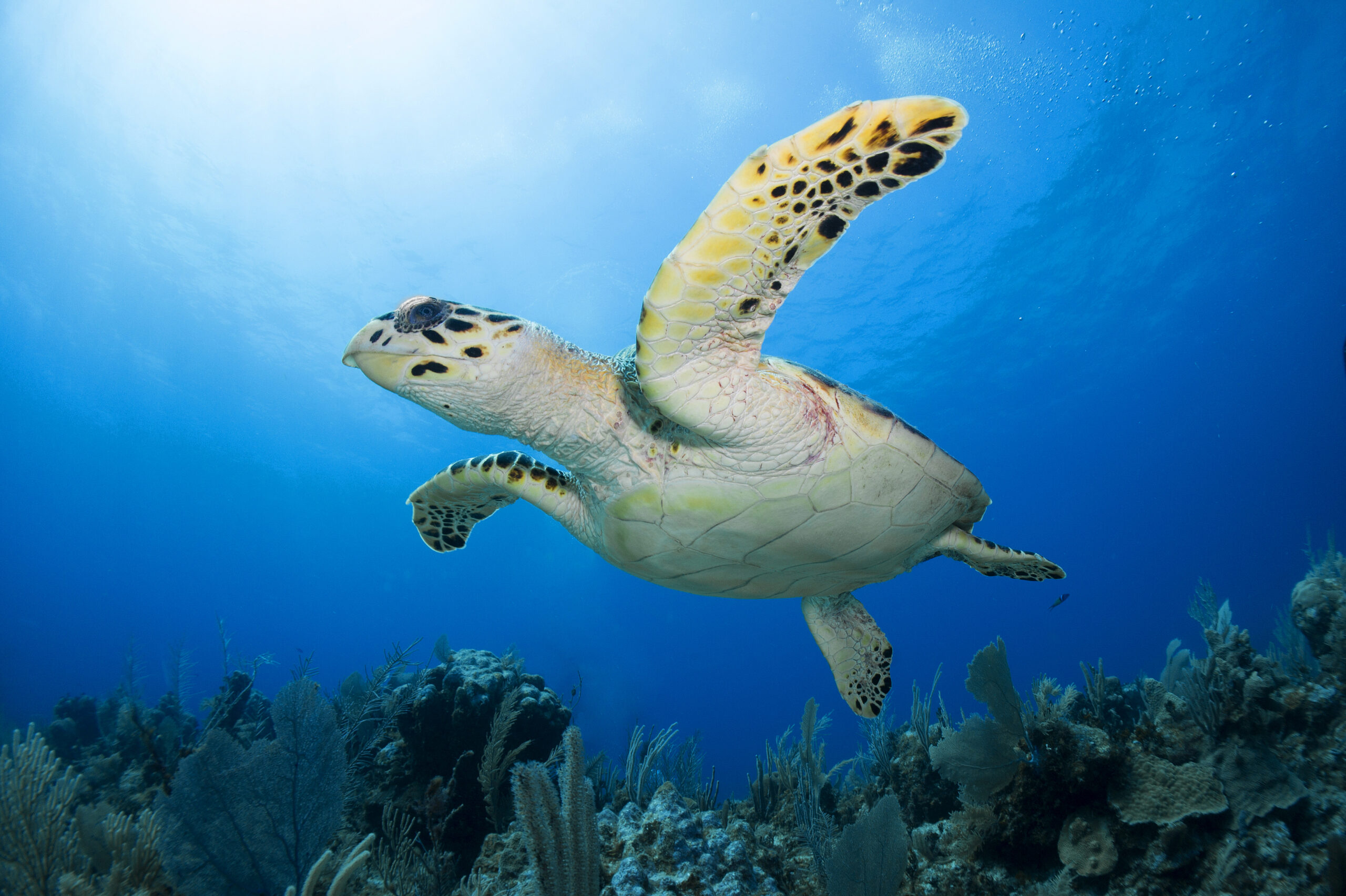Thanks to new research, the typical image of a nesting female sea turtle crawling up a tropical beach, digging out sand with their back flippers, and laying clutches of eggs has been expanded to include a new nesting landscape.
Amazingly, scientists recently have found a whole new reproductive ecotype for hawksbill populations in the Eastern Tropical Pacific.
According to Alexander Gaos (who worked for our sister organization PRETOMA), the Eastern Pacific Hawksbill Initiative and partner organizations have found that unlike most hawksbills, a new life-history paradigm has been uncovered for these populations.
Many hawksbills in the Eastern Tropical Pacific are laying their eggs inside mangrove estuaries.
These populations are also living in mangrove estuaries contrary to the more common observation of hawksbills inhabiting coral reefs.
All the more reason to increase the conservation of mangrove estuaries and ecosystems.
You can read the research paper at http://onlinelibrary.wiley.com/doi/10.1002/ece3.1897/full. The article is freely available to view, download, and share.




